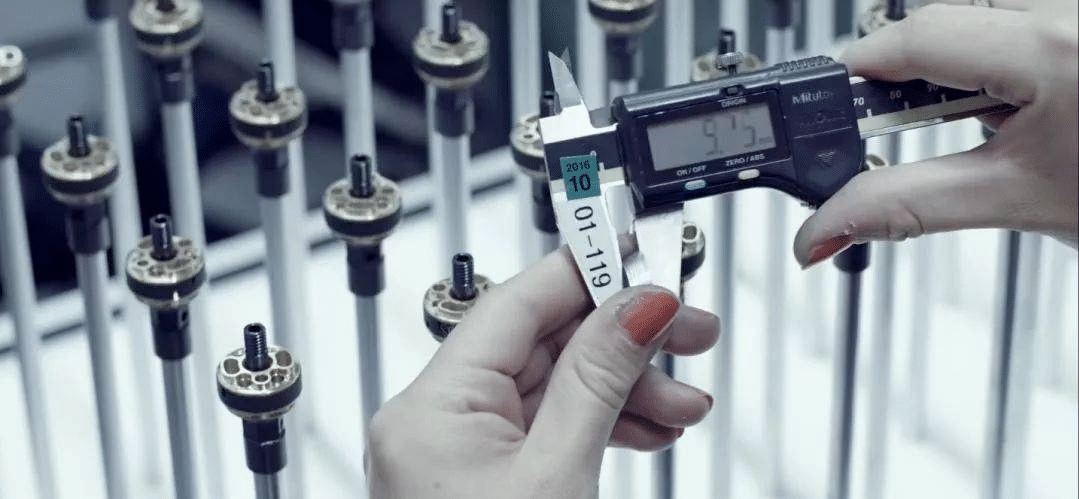In industries where quality and compliance are paramount, the implementation of thorough inspection processes is crucial. One such process is First Article Inspection (FAI), which ensures that the initial production run of a product meets all specified requirements. In this article, we will delve into the intricacies of First Article Inspection, exploring its requirements, when it is necessary, best practices, and its significance in maintaining high-quality standards.

1. What is First Article Inspection:
First Article Inspection is a systematic and comprehensive evaluation of the first production unit or sample against the customer’s engineering specifications, design intent, and other contractual requirements. It is performed to verify that the manufacturing process is capable of consistently producing products that meet the desired quality standards.
2. Requirements for First Article Inspection:
The specific requirements for a First Article Inspection can vary based on industry, customer specifications, and regulatory standards. However, some common elements include:
- Documentation: The manufacturer must provide a detailed report, including drawings, specifications, and any other relevant documents.
- Product Characteristics: The inspection focuses on verifying critical dimensions, tolerances, material properties, and functional requirements.
- Inspection Methods: The inspection process should include appropriate measurement techniques, such as dimensional measurements, visual inspections, and functional tests.
- Acceptance Criteria: Clear criteria for acceptance or rejection should be established, often defined by the customer or industry standards.
- Traceability: The manufacturer must ensure traceability of the inspected product to the raw materials, production processes, and associated documentation.
3. When is First Article Inspection Required?
First Article Inspection is typically required in the following scenarios:
- New Product Introduction: When a new product is being introduced into production, FAI ensures that the manufacturing process can consistently meet the required specifications.
- Engineering Changes: Significant design or engineering changes may warrant a FAI to ensure that the modified product meets the revised requirements.
- Supplier Changes: If there are changes in suppliers, manufacturing location, or critical processes, FAI ensures that the new source or process meets the desired standards.
- Regulatory Compliance: Certain industries, such as aerospace, defense, and medical, have strict regulations that necessitate FAI as part of their quality control processes.
4. Benefits and Importance of First Article Inspection:
First Article Inspection plays a pivotal role in ensuring product quality and customer satisfaction. Some key benefits and importance of FAI include:
- Identifying Manufacturing Issues: FAI helps uncover any potential manufacturing issues early in the production process, minimizing the risk of costly rework or product recalls.
- Ensuring Compliance: FAI ensures compliance with industry-specific standards, regulations, and customer requirements.
- Enhancing Customer Confidence: By conducting a thorough FAI, manufacturers demonstrate their commitment to delivering high-quality products, fostering trust and confidence among customers.
- Minimizing Variability: FAI establishes a baseline for future production runs, allowing manufacturers to minimize process variability and maintain consistent quality standards.
- Continuous Improvement: FAI provides valuable insights into process improvement opportunities, enabling manufacturers to refine their production processes and enhance overall efficiency.
5. Best Practices for First Article Inspection:
To ensure the effectiveness of First Article Inspection, the following best practices should be considered:
- Collaboration: Foster open communication and collaboration between the manufacturer, customer, and any relevant stakeholders to align expectations and requirements.
- Standardized Procedures: Develop standardized inspection procedures and guidelines to ensure consistency across multiple quality inspections and different products.
- Qualified Personnel: Assign trained and experienced personnel to conduct the inspection, utilizing their expertise to accurately assess product conformance.
- Documentation Management: Implement a robust documentation management system to track inspection records, results, and any non-conformances for future reference.
- Statistical Analysis: Utilize statistical methods to analyze the collected data and identify trends, allowing for proactive quality improvements.
6. Compliance with AS9102 Standard:
In aerospace and defense industries, compliance with AS9102 standard is crucial for First Article Inspection. This standard outlines specific requirements for FAI reports, including data collection, traceability, and reporting formats.
First Article Inspection serves as a critical quality control process in industries that prioritize precision and compliance. By adhering to the requirements, understanding its significance, and implementing best practices, manufacturers can ensure that their initial production runs meet the highest quality standards. Implementing effective FAI processes not only safeguards customer satisfaction but also contributes to continuous improvement and long-term success in today’s competitive market.